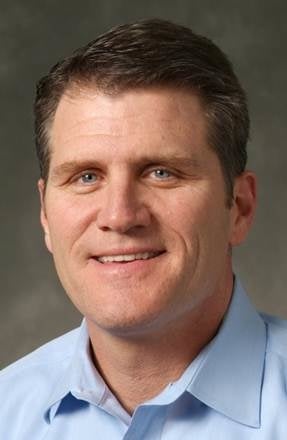Marlborough medical device maker Boston Scientific has acquired a privately-held California company in a deal that could be worth up to $300 million. The company hopes to eventually market a device to more effectively treat atrial defibrillation. Joe Fitzgerald, president of Rhythm Management at Boston Scientific, answered questions about the acquisition and future plans for the device.
Why did the company acquire Apama Medical?
This acquisition is another step in the company’s continued investment in the electrophysiology (EP) space and demonstrates our commitment to broadening the depth and breadth of our solutions in order to address the clinical needs of our global customers. Upon commercialization of the Apama radiofrequency (RF) balloon catheter system, Boston Scientific will have an expanded EP portfolio, which will contain the industry’s only true high-density, high-resolution mapping system – RHYTHMIA HDx Mapping System – and an expanded toolkit of RF point-by-point and single-shot balloon ablation technologies.
What was so innovative about Apama’s RF balloon system?
The Apama RF balloon – a single-shot, multi-electrode technology – is designed to combine the primary benefits of both RF point-by-point and balloon-based ablation approaches, notably the ability to deliver differentiated levels of energy and shortened procedure times. The technology incorporates built-in digital cameras with LED lights and sensing electrodes on the balloon which allow for real-time visualization and assessment of catheter electrode contact. This is intended to provide physicians with higher confidence of effective energy delivery and the ability to customize the amount of energy delivered around the circumference of the balloon, while further reducing procedure times when compared to existing balloon technologies.
Why was only $175 million guaranteed? Are there potential roadblocks in developing and testing the device?
The transaction consists of $175 million in cash up-front and a maximum of $125 million in contingent payments over the period of 2018-2020 based on achievements of clinical and regulatory milestones.
What are similar devices currently made by Boston Scientific, and what are the difference to the Apama RF system?
Our existing EP portfolio includes a RF point-by-point ablation solution – one of the two standard technologies used for pulmonary vein isolation (PVI) ablation. This acquisition enables us to expand our offerings into the second category: single-shot PVI ablation, a method associated with shortened procedure times and operator ease of use.
When should the Apama RF balloon be made available?
The CE Mark is anticipated in late 2018 with European commercialization to begin following regulatory approval.
Will all 40 of Apama’s employees become Boston Scientific employees?
Boston Scientific welcomes all Apama team members to the company.

